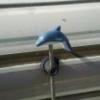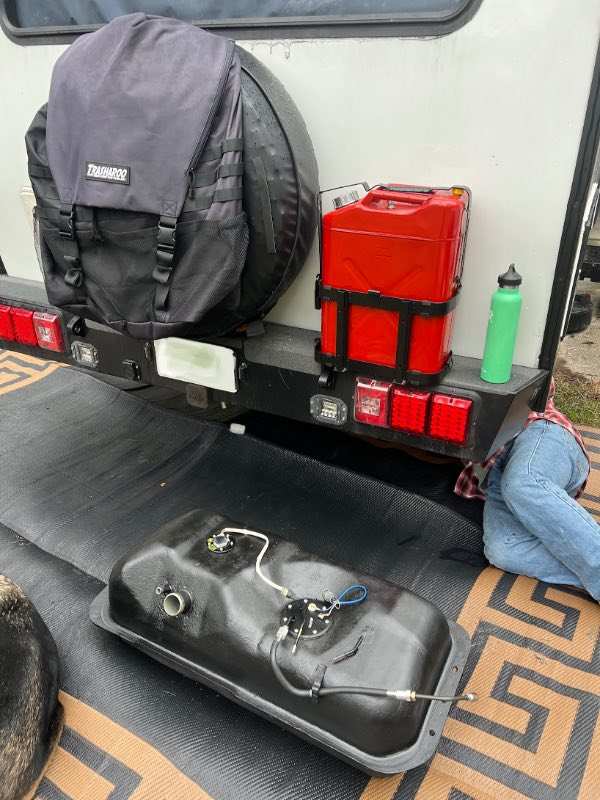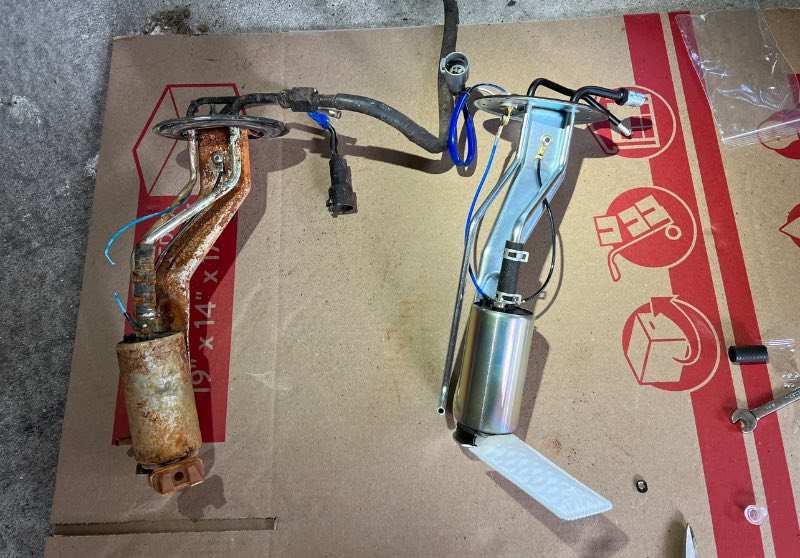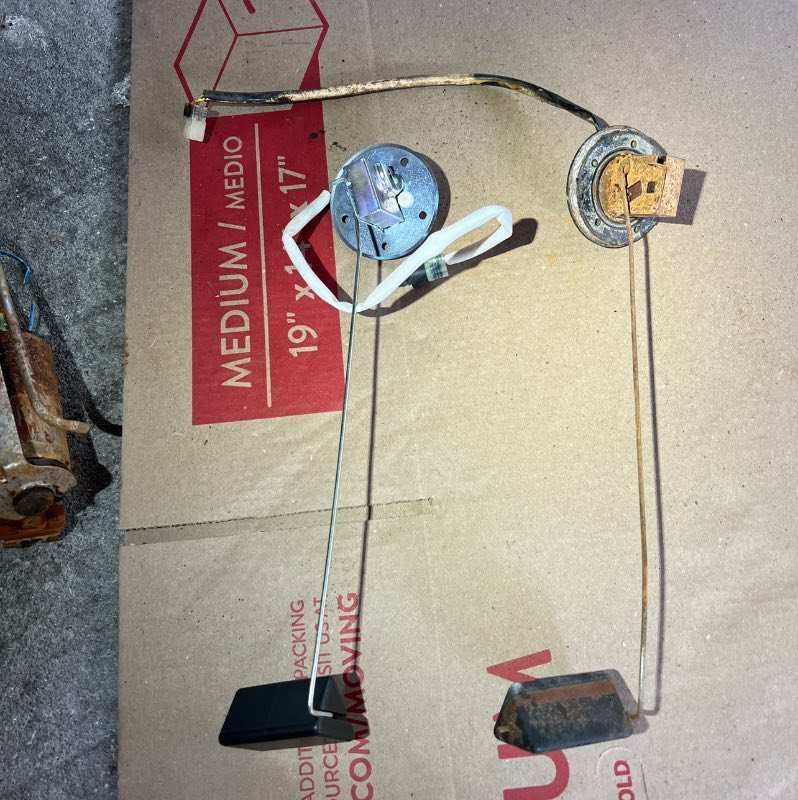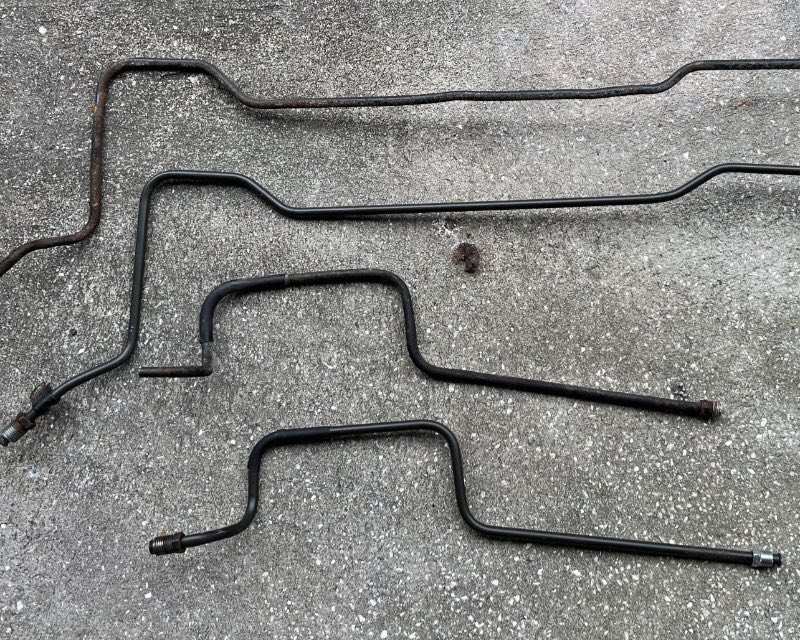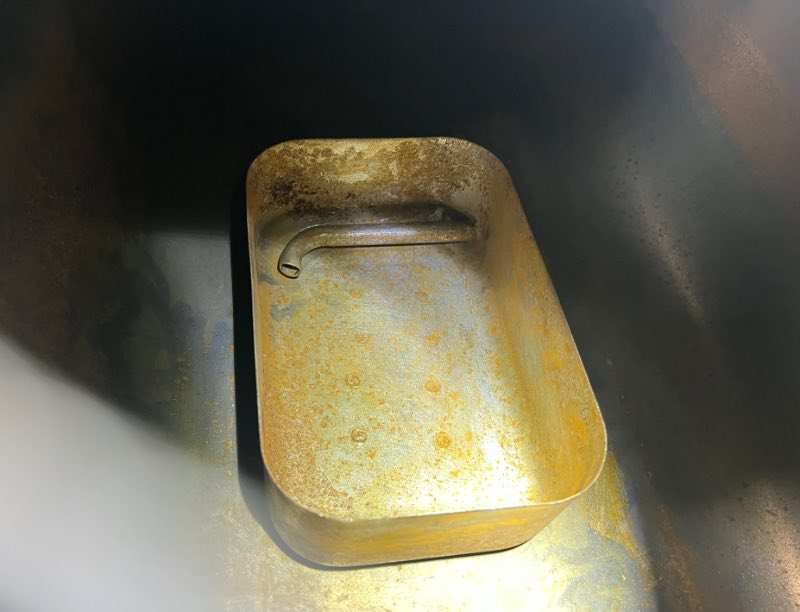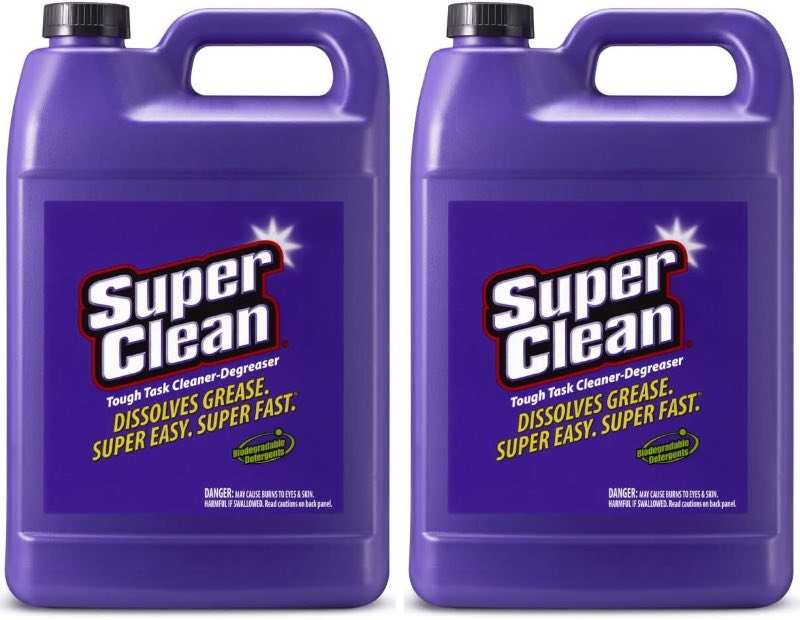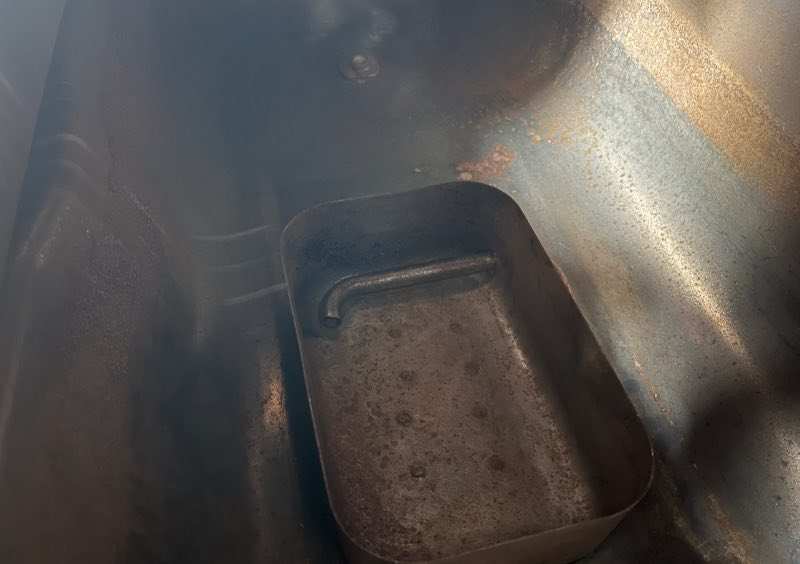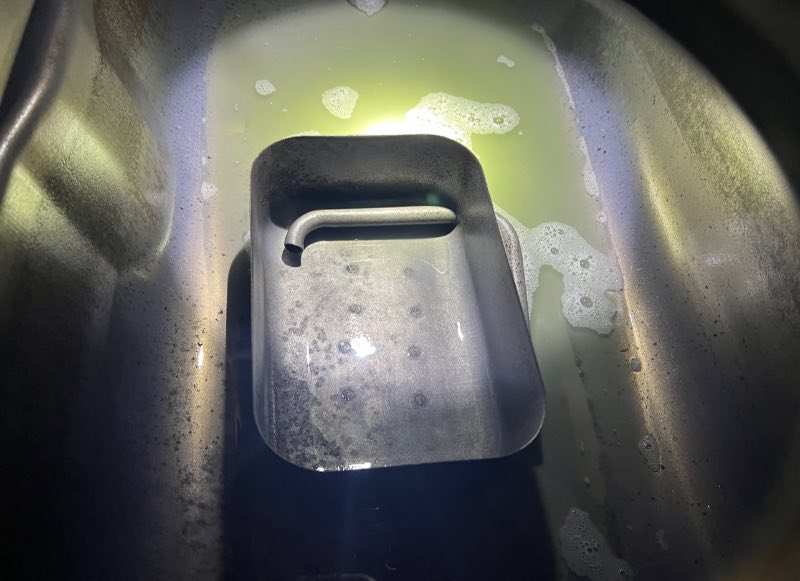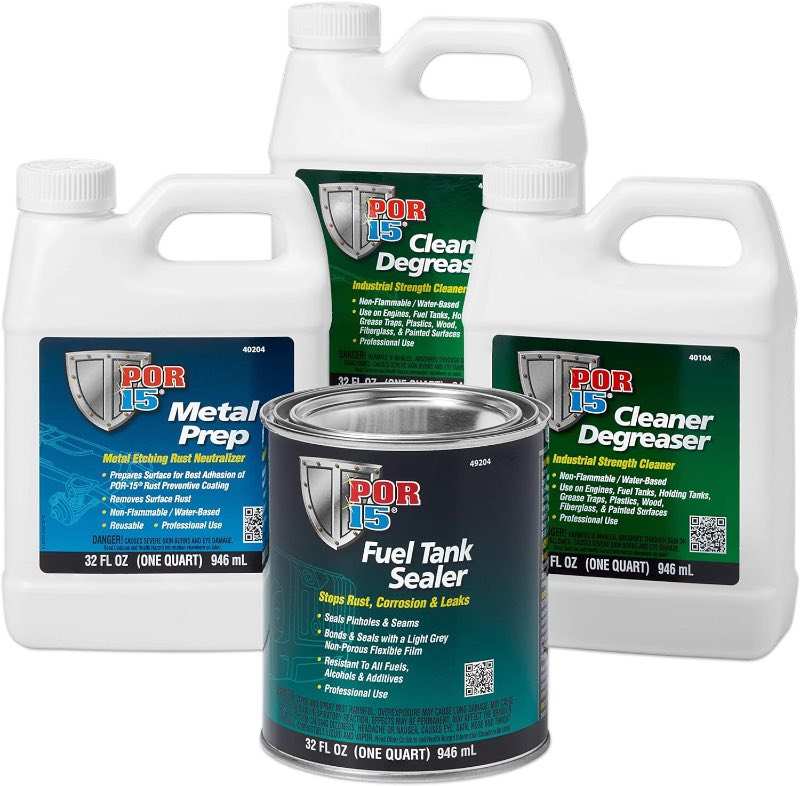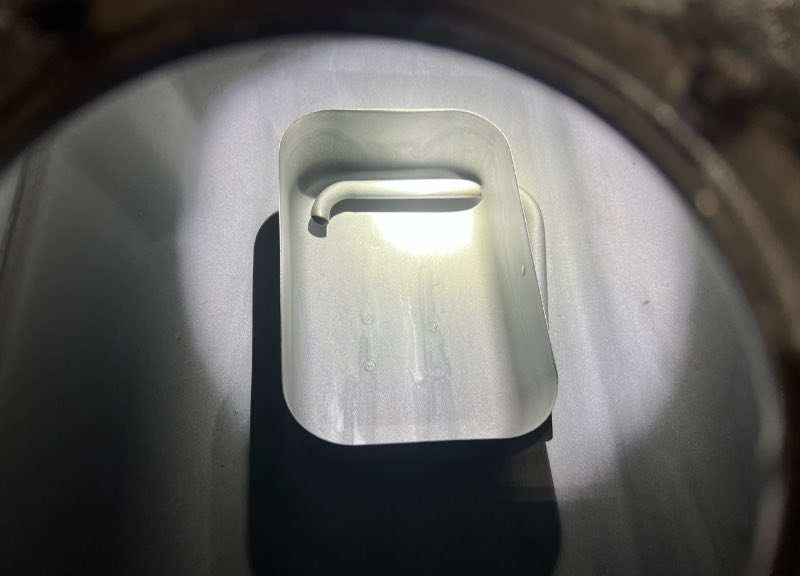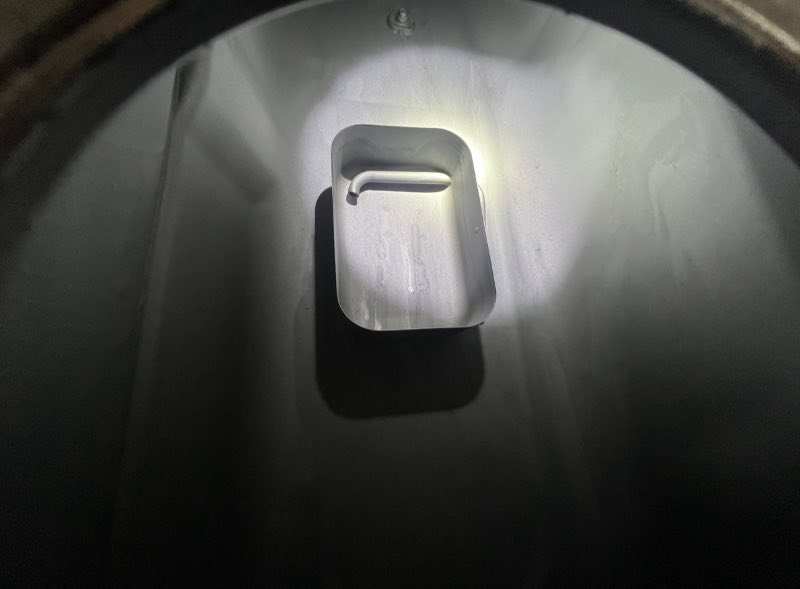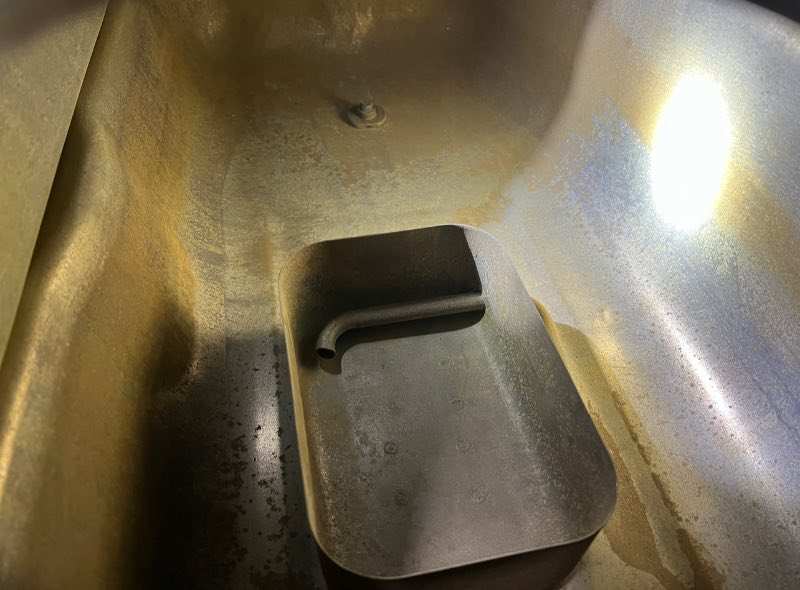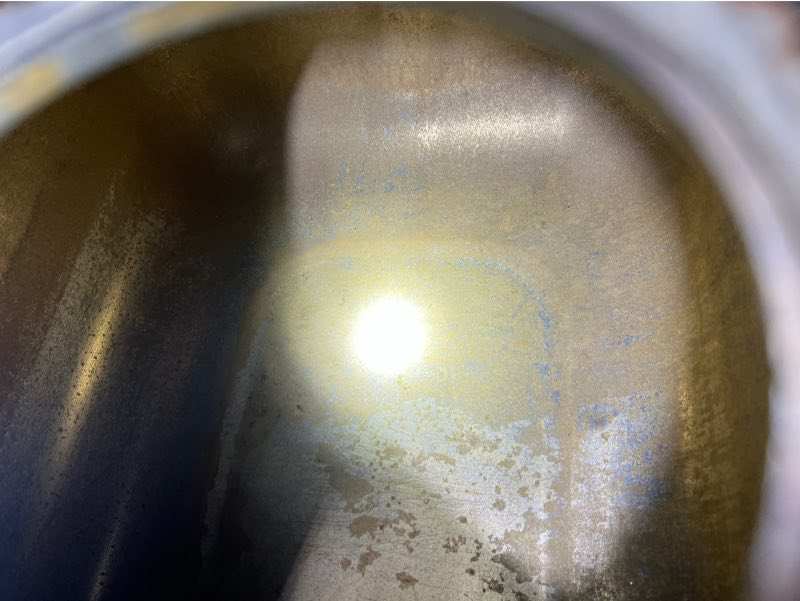-
Posts
850 -
Joined
-
Last visited
About Odyssey 4x4

- Birthday 01/06/1990
Previous Fields
-
My Toyota Motorhome
1990 Toyota Odyssey 4x4
-
Location
Land O Lakes, Florida
Profile Information
-
Gender
Male
-
Interests
Nature, Science, Electronics, Building, Repairing, Animals, Farming, Self Sustainability, Motorcycles, Travel
Recent Profile Visitors
4,762 profile views
Odyssey 4x4's Achievements
Enthusiast (6/14)
-
Rare
-
Rare
-
Rare
-
Rare
-
Rare
Recent Badges
-
Stay away from plywood, too heavy. You can use lauan board and put an frp panel over that.
-
Sparky19 started following Odyssey 4x4
-
I put this window in mine, it’s nice to have the privacy. Although if you have a permanent screen door, you won’t be able to open or close the window shade while door is shut. Lippert Components 806621 Thin Shade Complete Window Kit for RV Entry Doors, Black https://a.co/d/7VJiE59
-
Another update after the fuel system rebuild! No longer getting a rich / lean check engine light, fuel economy increased to 11.5 which i’m pretty happy with considering the vehicle and being a 4x4 house!
-
We have a “normal” astro we use as an extra vehicle / parts getter. Reliable little van, and being able to fit 8x4 sheets in the back is awesome. Agreed the driver compartment is pretty cramped.
-
That’s really awesome. I always wanted an astro tiger awd to build out, they’re just too hard to find!
-
Well it’s a completely custom build including the frame rails so it probably won’t apply too well to an existing chassis. Regardless, here’s a build video I made for the bumper…
-
No kidding, without masking tape on the end we would have definitely gotten crud in the line! And thanks on the bumper, we made it!
-
Okay so this should (hopefully) be the last post in this thread! The Toyota is up and running, she fired right up and seems happy. We did not want to reuse the existing fuel lines since everything seemed to be rust contaminated so we bent up new fuel lines, recreating the OEM shape to the best of our ability. We used a cheap tubing bender from amazon that worked quite well! I also installed a new OEM fuel pump bracket directly from Toyota, as well as the main fuel line coming off of it. These two pieces alone were over $200! Maybe it was silly to spend the cash on OEM but I've learned time and time again you get what you pay for, and you definitely don't want to have to drop a fuel tank more than once. OEM Denso fuel pumps were out of stock everywhere I looked. I ended up going with a Delphi pump and sock which seemed next best in quality. My original sending unit was functional but also nasty with rust. I did all kinds of research and couldn't find a replacement anywhere. I contacted a Toyota parts dealer asking about the sending unit only to find out that they have been discontinued for the 19 gallon tank (part number 8332080128). I couldn't even find a cheap aftermarket one. One last search on ebay and I was lucky enough to find a single OEM sending unit for $50 bucks! This made my day. T So we slapped everything into the tank with new gaskets and screws and had her ready to go in. The most difficult part of this install was probably getting the fuel lines back in. It's quite a puzzle to get the routing right and working with all of the bends in the line. Regardless, we got them all in, got a new fuel filter in, and purged the fuel line with some fuel before making the connection to the fuel rail. So now, the toyota has a nearly 100% new fuel system including injectors, tank lining, fuel pump, sending unit, lines, and filter. I also. broke the bimetal vacuum valve that's responsible for directing the fuel tank venting gases between charcoal canister and atmosphere while removing the intake manifold, so I replaced that too. I also found that the fuel pulsation damper on the back of my main fuel rail had the screw fallen completely out of it, so I replaced that as well while I had the intake manifold off. Lastly, I also replaced the valve cover gaskets while we had it apart since they were leaking a bit! So now she is back together and ready for a test drive. Oh yeah, she also got a set of very bright LED aux lights in her bumper! I still need to wire them in, but I dig the look. If you've made it this far, thanks for the read and sorry for the novel of information!
-
I was waiting for one of my neighbors to complain! It’s definitely not a pleasant sound.
-
It's the type of thing you gotta get creative about! I'm surprised mine cleaned up as well as it did. This is certainly the most sore my body has been in years!
-
Funny, I was considering if I had any neighbors with cement mixers!
-
Time for an update! I cleaned the living hell out of the tank. First with probably 5-7 intense SuperClean degreaser cleanings and multiple hands full of screws, nuts, and bolts, and shook the tank as violently as I could on all sides for as long as my body could take. I flushed it multiple times and repeated, and finally let it sit overnight with undiluted cleaner in it, rotating the tank every few hours to cover a new side. Here's what I started with... And 3 days of repetitive cleaning and shakings later, I had this... I then did a "dry" shake with just the screws and bolts in it for quite a while. I was getting pretty sore at this point so I rigged up a contraption using a vibrating foot massager to vibrate each side of the tank for a few hours with the screws in it lol. Unfortunately, I didn't get a photo of this. At this point I began the POR15 3 part treatment. First is 2 rounds of cleaning with their degreaser (I continued to use the screws and bolts inside of the tank to help with abrasion and knocking the crap loose). Followed with 4 rinsing sessions with super hot water. This is what I ended up with. The last step before coating was the metal prep. This acts as the rust remover and etcher. After this step it is said to get tank BONE DRY, coating WILL NOT adhere if there is any moisture at all.. After getting the tank, it will flash rust, this is normal and the liner is said to adhere normally to flash rust. I dried the tank by running a high powered heat gun through it for about 4 hours. I only burnt myself twice 😀 Here is the tank after metal prep and prior to coating (the final step). And finally, after coating and drying for a day. I made sure to blow some low pressure, dry air through the vent holes to make sure nothing got plugged with sealer. It will dry for at least 4 days before any gasoline is introduced to the tank. Overall I am happy with how it came out, the coating looks nice and looks like it will do its job. Now I just need to come up with a chunk of cash for a fuel pump, fuel filter, pump hanger, and sending unit. We ran all new fuel lines from the tank to the fuel rail just to make sure there was no chance of rust/junk getting into the injectors again. VS
-
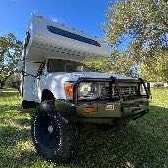
Escape hatch skylight for 92 Sunrader.
Odyssey 4x4 replied to Michel F Smith's topic in General Discussion
Any chance it’s this one? https://www.ebay.com/itm/295947708043?mkcid=16&mkevt=1&mkrid=711-127632-2357-0&ssspo=IyKU8n5MQ5W&sssrc=4429486&ssuid=DW2qsSUkTwu&var=&widget_ver=artemis&media=COPY


